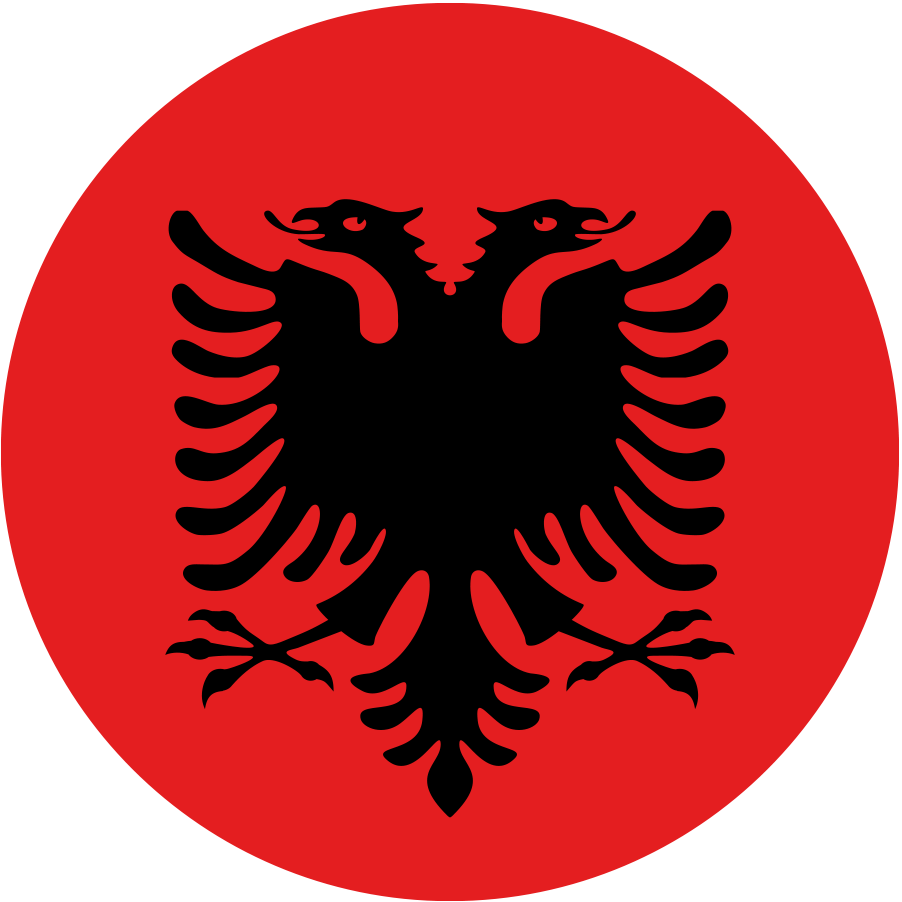
Albania
Albania is a unitary state composed of municipalities (bashkia) – the basic tier of local self-government, and the regions (Qarku) – the second tier of local self-government.
CEMR in Albania – Albanian Association of Municipalities (www.aam.org.al)







Local governments
The municipal council (Këshilli Bashkiak) is the local authority’s deliberative body. Its members are elected by direct universal suffrage for a period of four years. The municipal council, among others, is responsible for the approval of the local budget, the usufruct right of its property, the organisation and supervision of the municipal administration, and local taxes.
The mayor (Kryetari) is the head of the executive body of the municipality and is elected by direct universal suffrage for a four-year mandate. The mayor of the municipality is entitled to three consecutive mandates and is also a member of the regional council. He/she approves and implements municipal council decisions, guarantees that all the local authority’s obligations are met, and represents the commune or municipality vis-à-vis third parties. The mayor has the right to ask the municipal council to reconsider decisions, they be deemed harmful to the community’s interest.
Municipalities can be subdivided into several administrative units that have traditional, historic, economic and social ties. The territory of the administrative units of a municipality, their name, and their creation shall be set forth in a law. The administrative units are comprised of towns (qytete) and/or villages (fshatra).
Towns may be divided into smaller units called quarters or neighborhoods (lagje). As a rule, a quarter can be established in territories with over 20,000 residents. A town’s division into quarters and its territory shall be approved upon a decision of the municipal council.
The administrative unit (njësia administrative) is headed by the administrator (administrator). The administrator is appointed and discharged at the mayor’s discretion and reports to him. The structure and the staff of the administrative unit is a part of the municipal administration.
-
The functions and competences of municipalities in Albania are divided in two: the exclusive functions and the functions and powers delegated by the central government institutions.
Exclusive functions
- Budget
- Public Infrastructure and Services
- Welfare Service
- Culture, Sports and Recreational Services
- Environmental Protection
- Agriculture
- Rural Development
- Public Forests and meadows
- Nature and Biodiversity
- Local Economic Development
- Public defence and security
- Pre-school education
Delegated Functions and Powers
- Pre-university education
- Public health
- Social affairs
- Protection of the environment






Regional governments
The regions have their own functions which are developing and implementing regional policies and ensuring their harmonisation with the national policies, as well as any other exclusive function granted by law.
Each region may perform any functions that are assigned to it by one or more municipalities within the region, according to an agreement reached between the parties. Each region shall perform those functions delegated to it by the central government.
